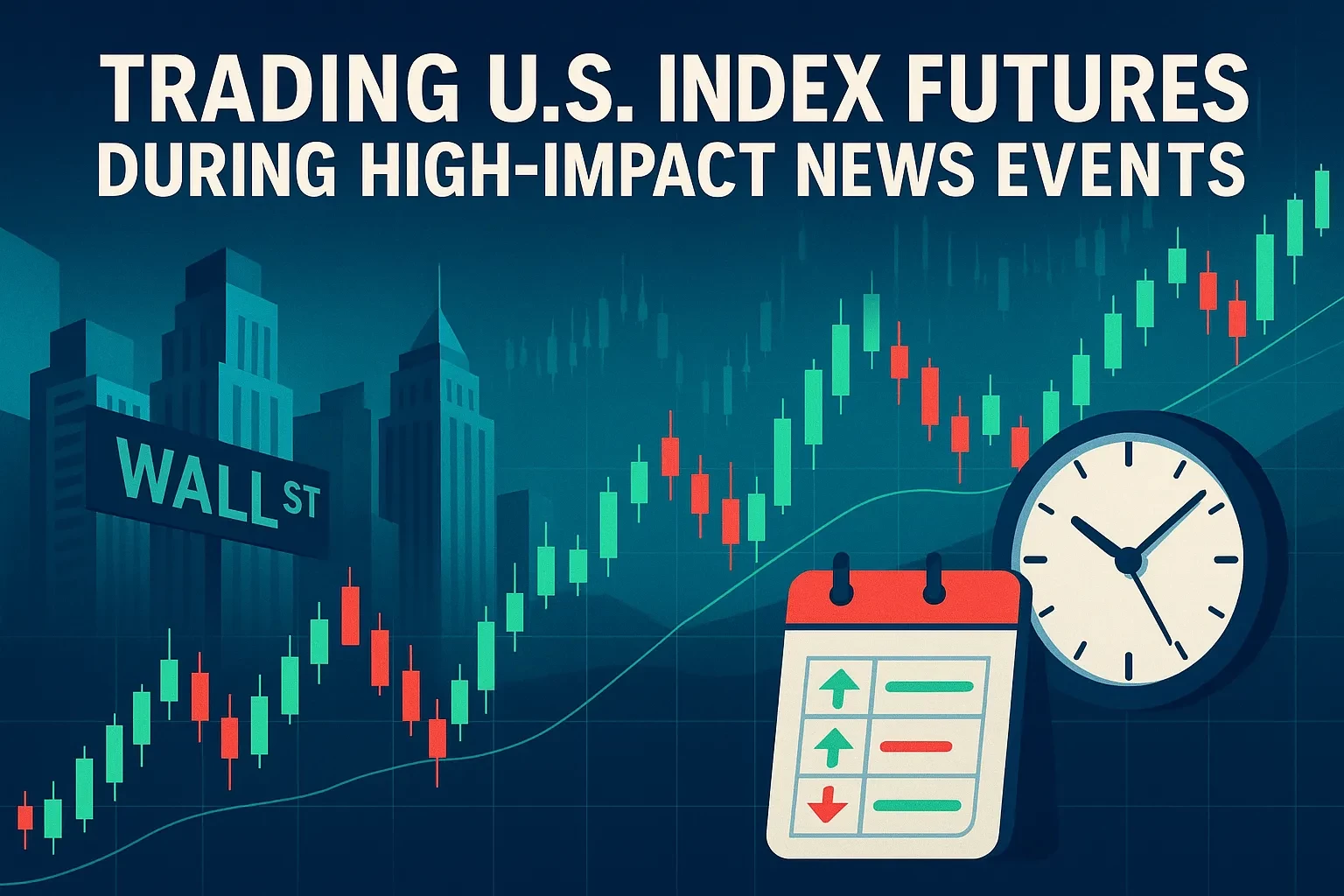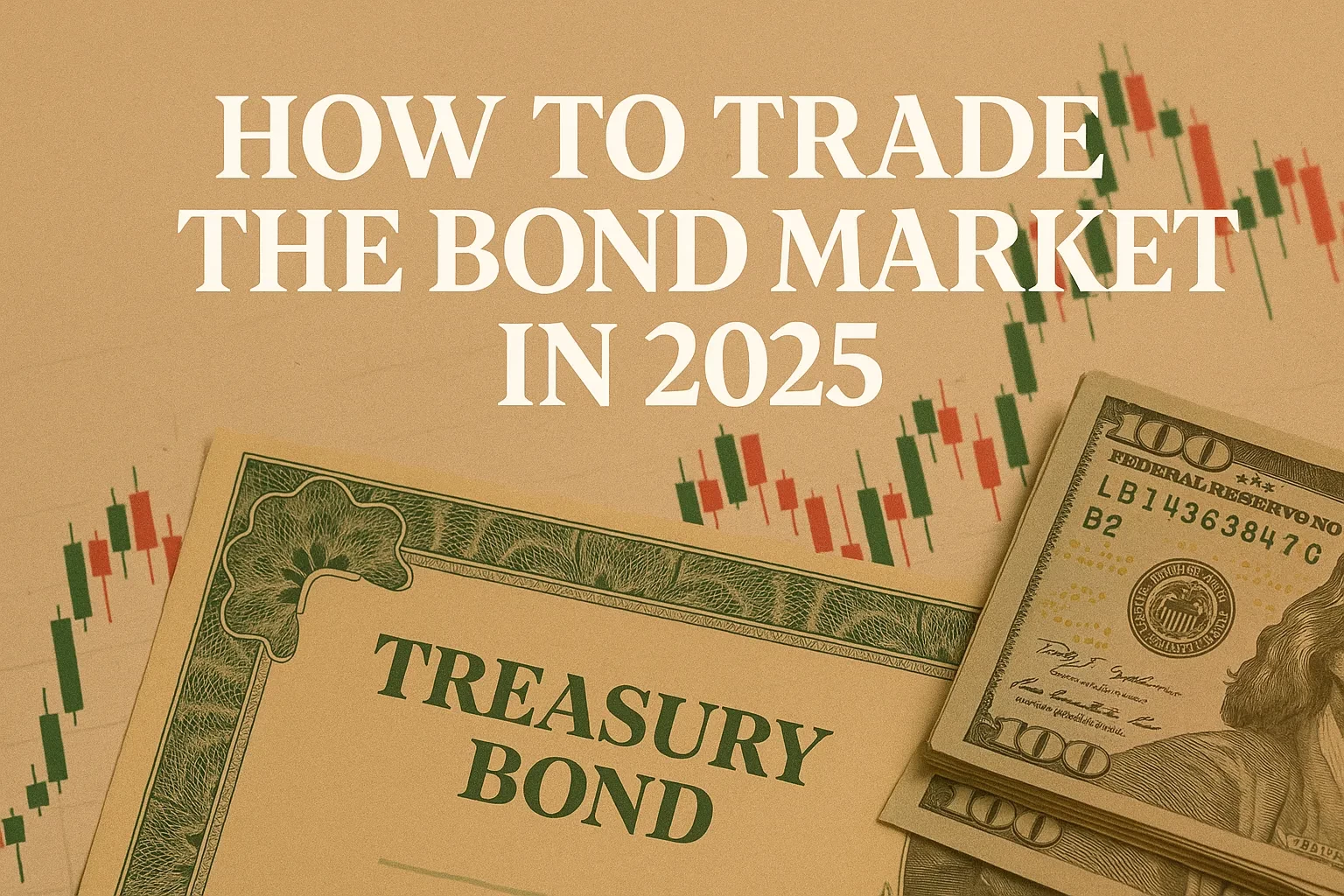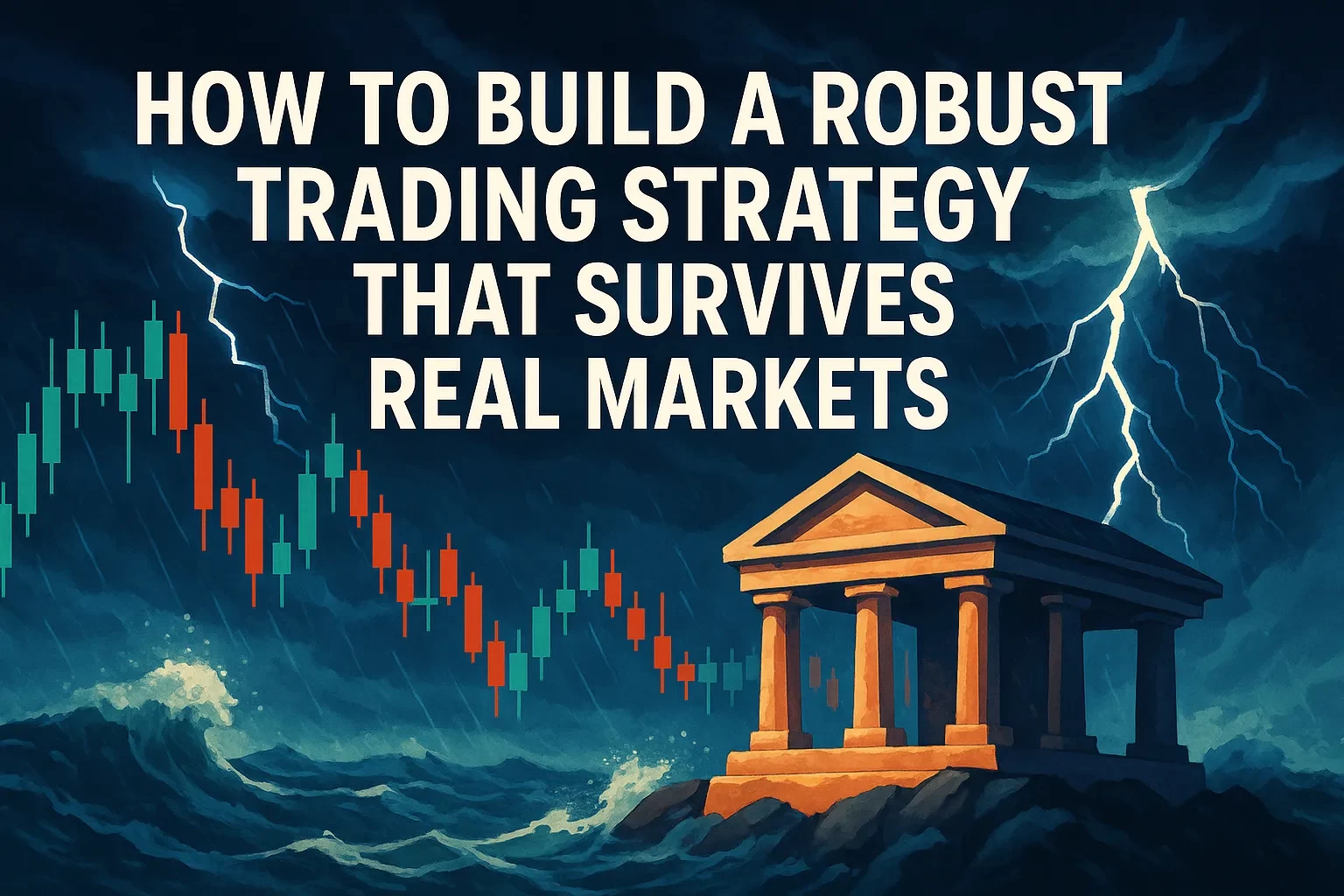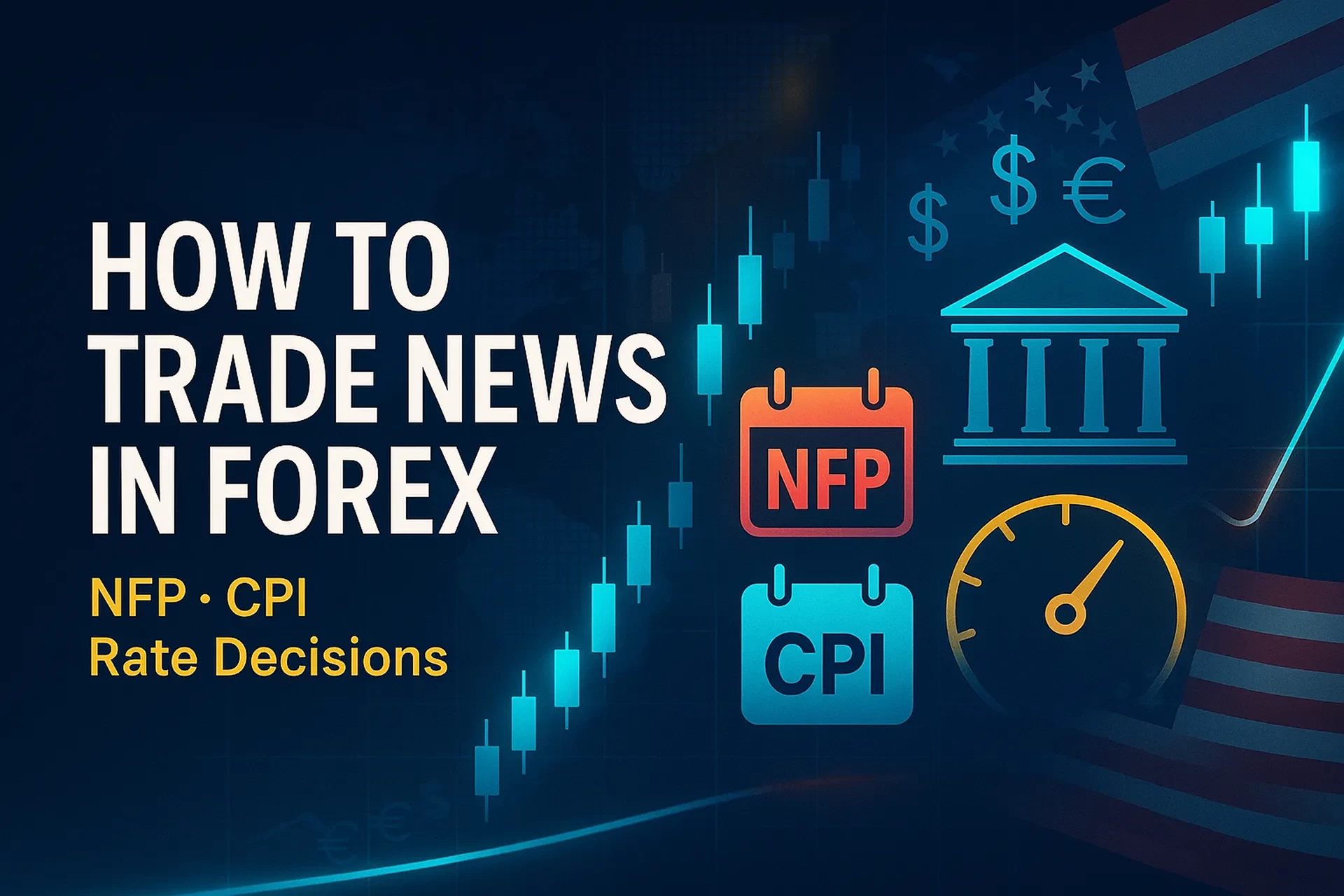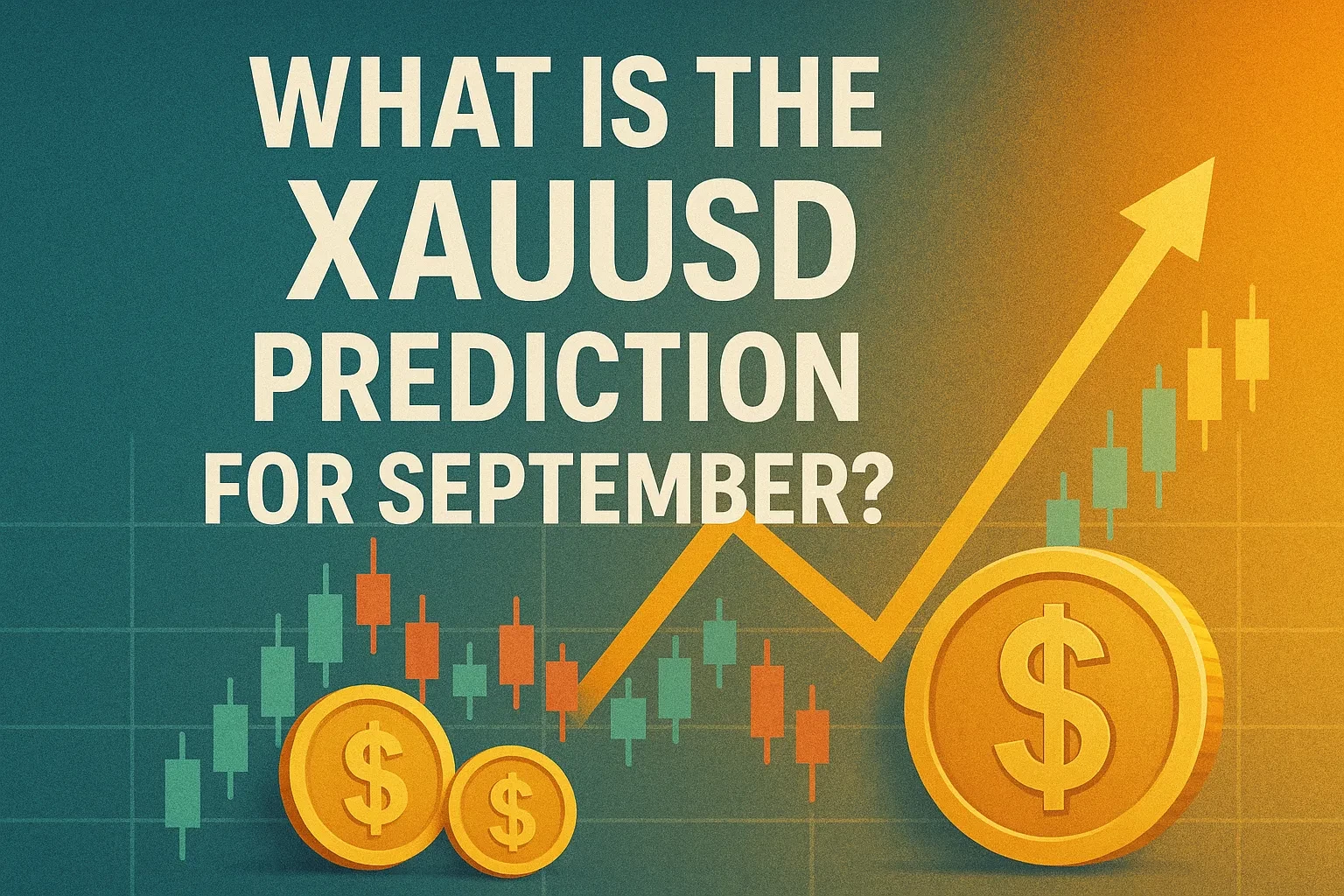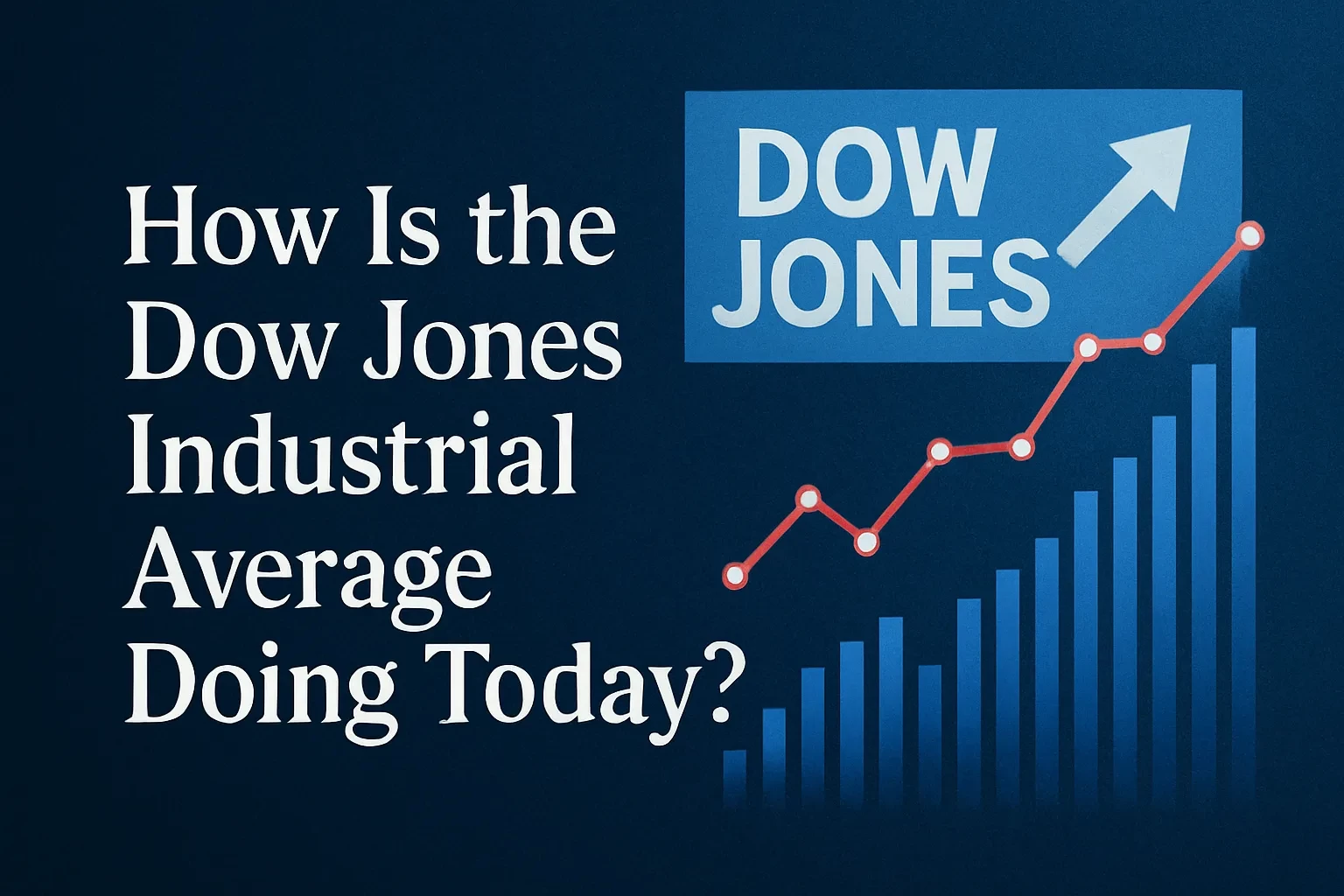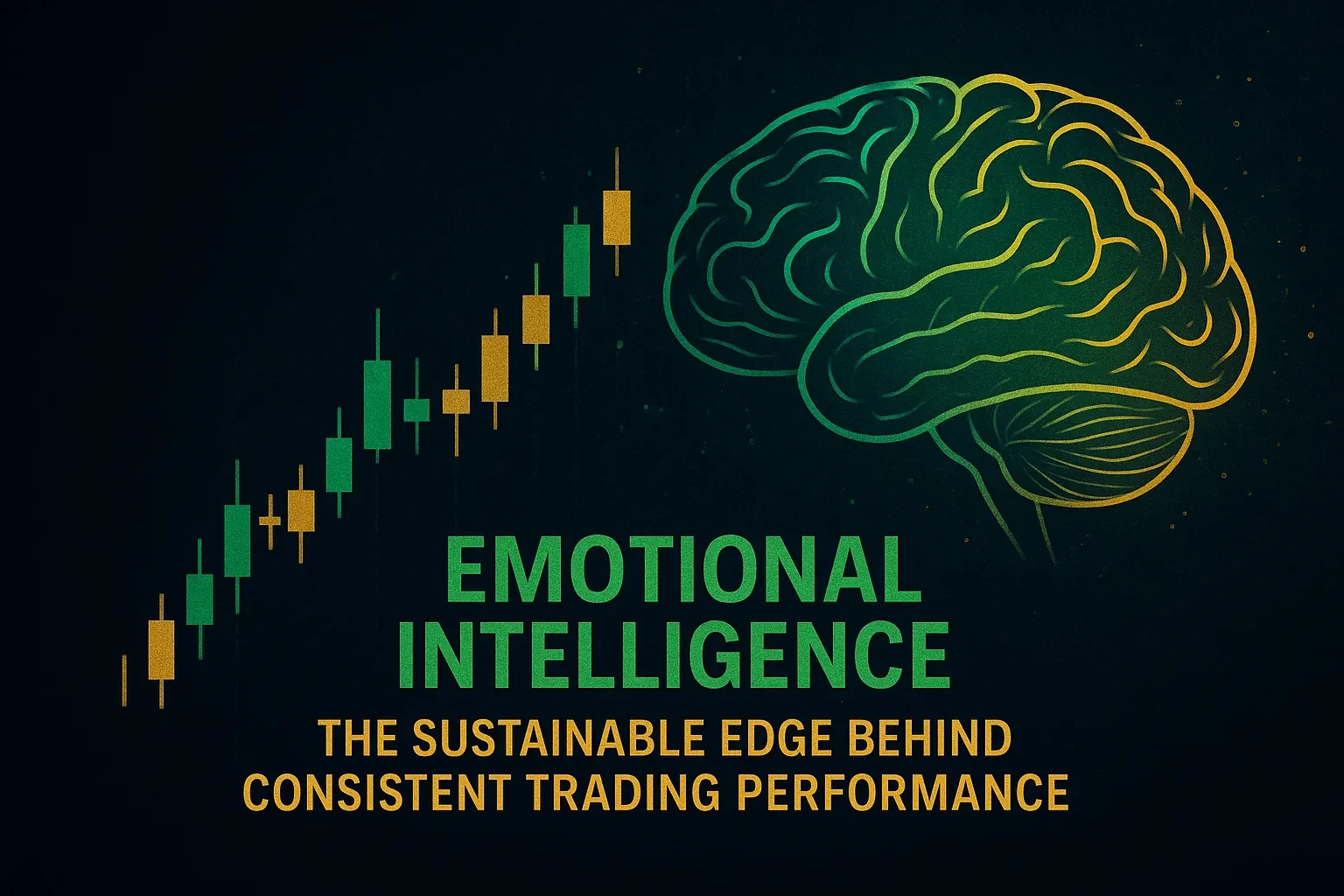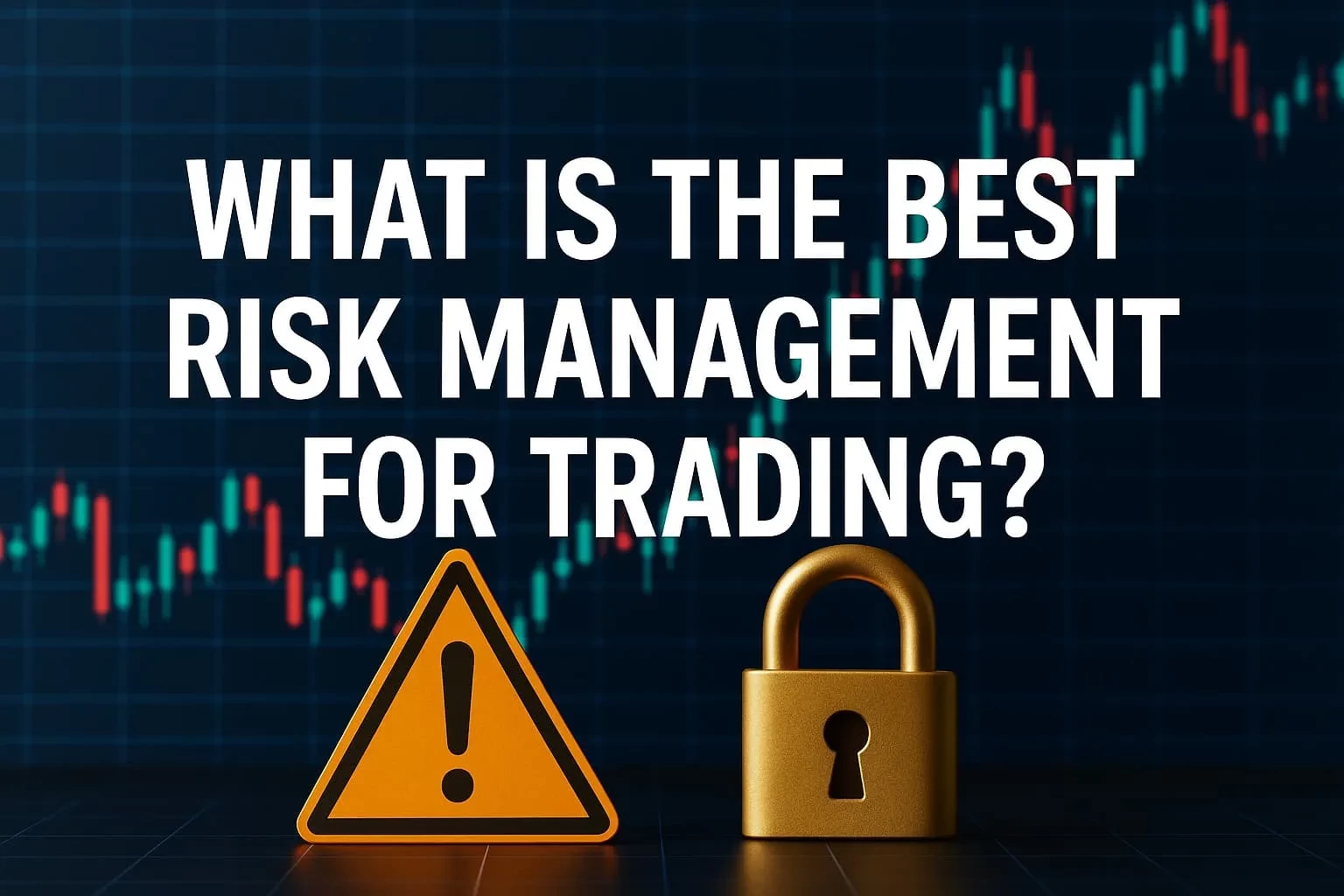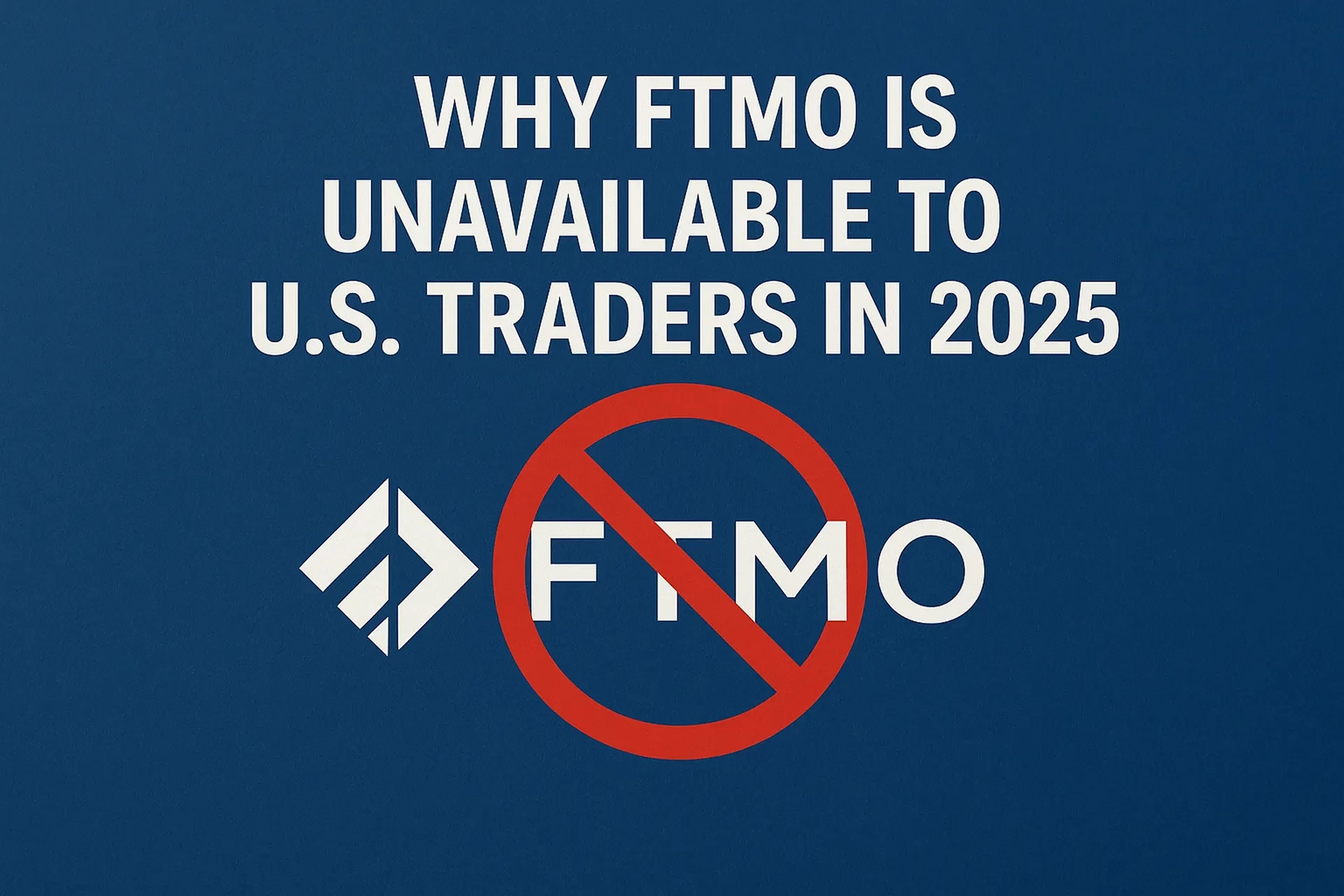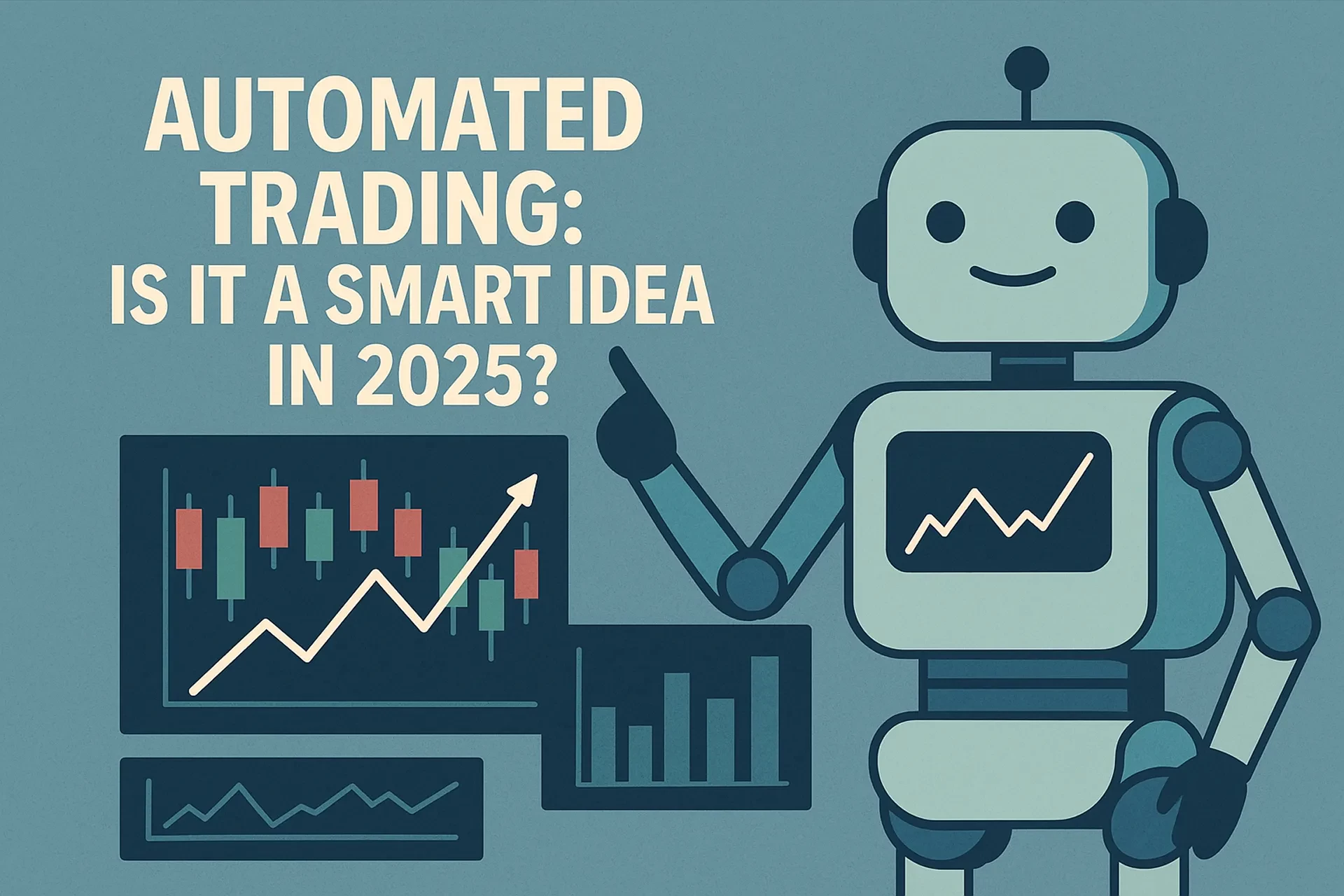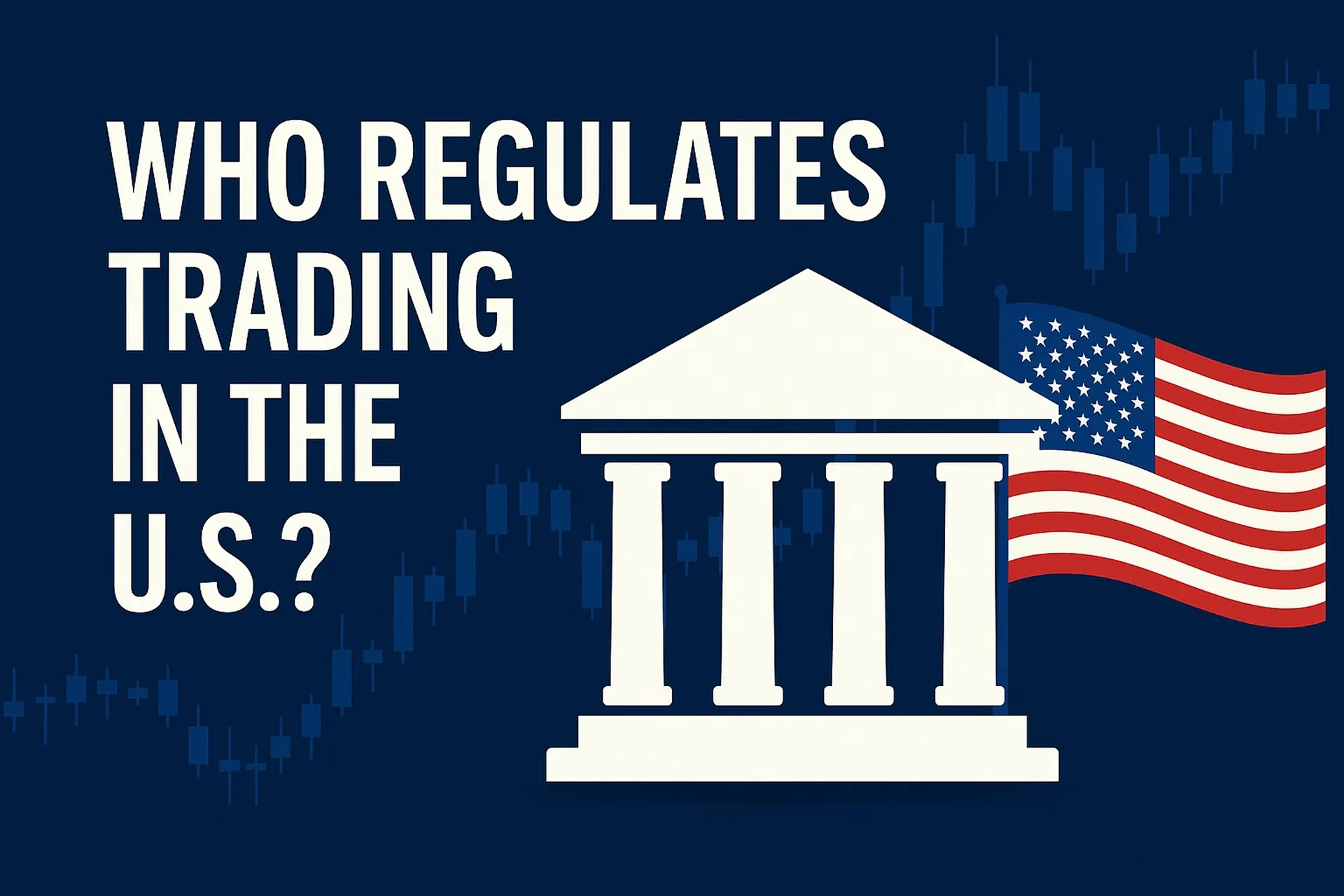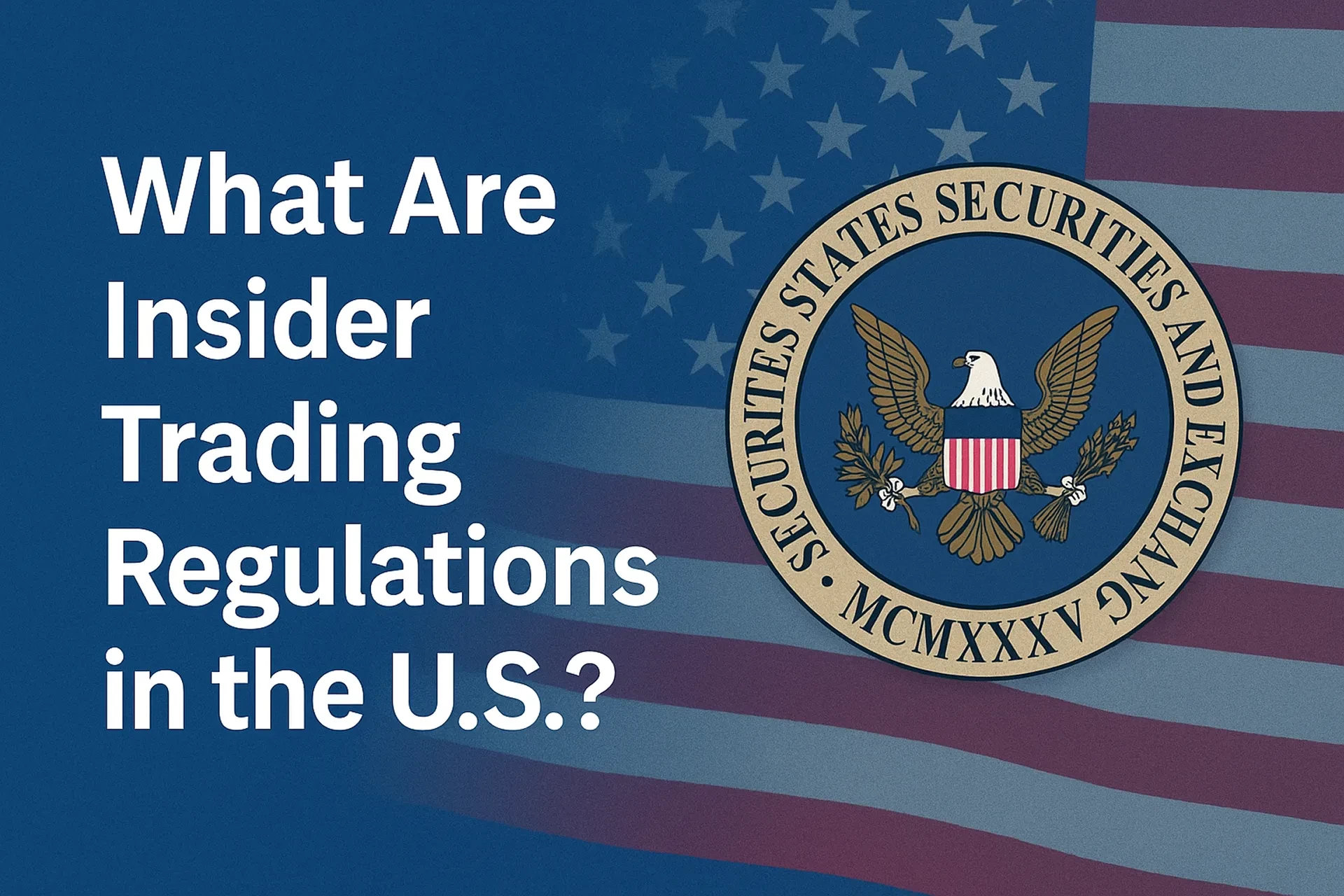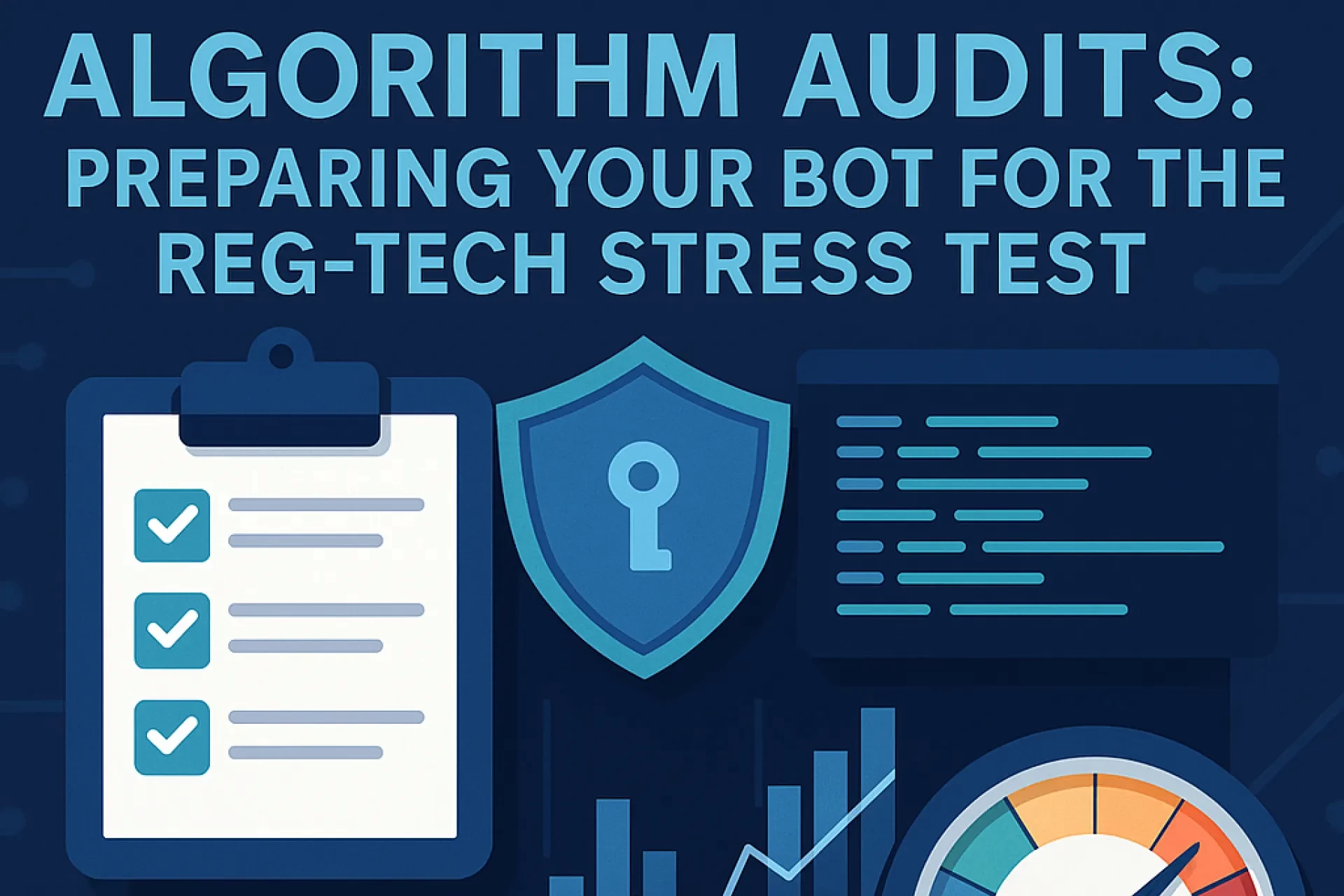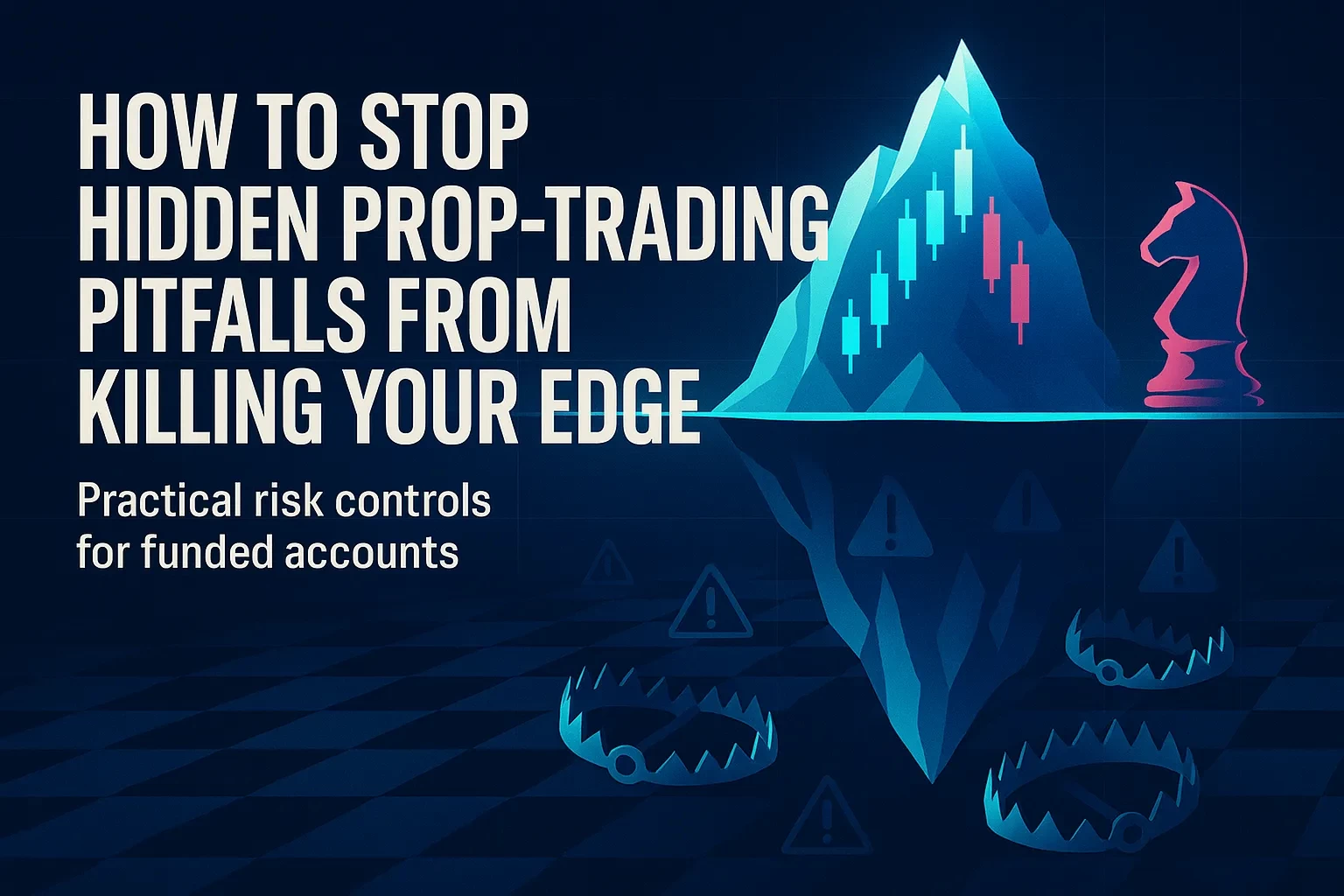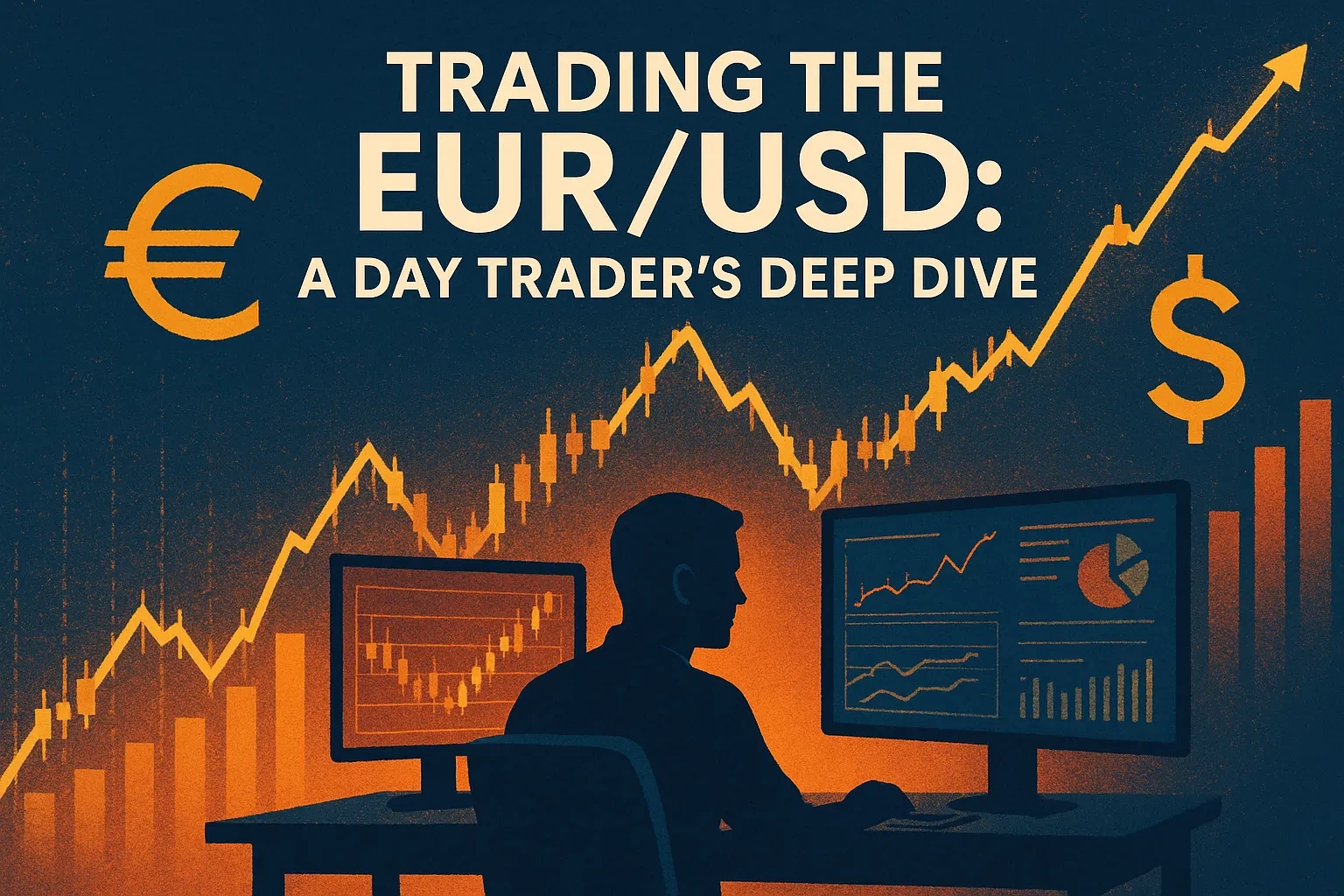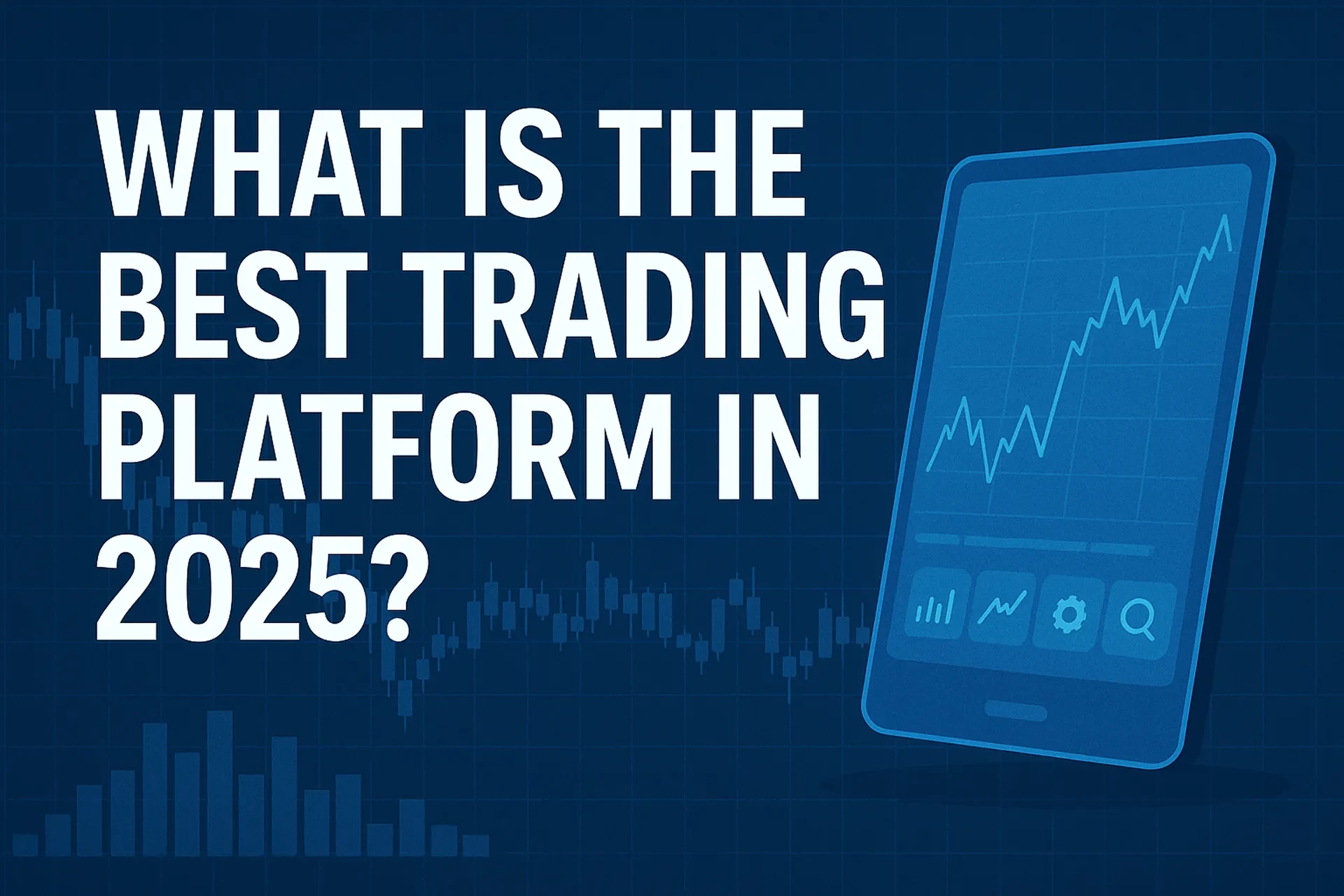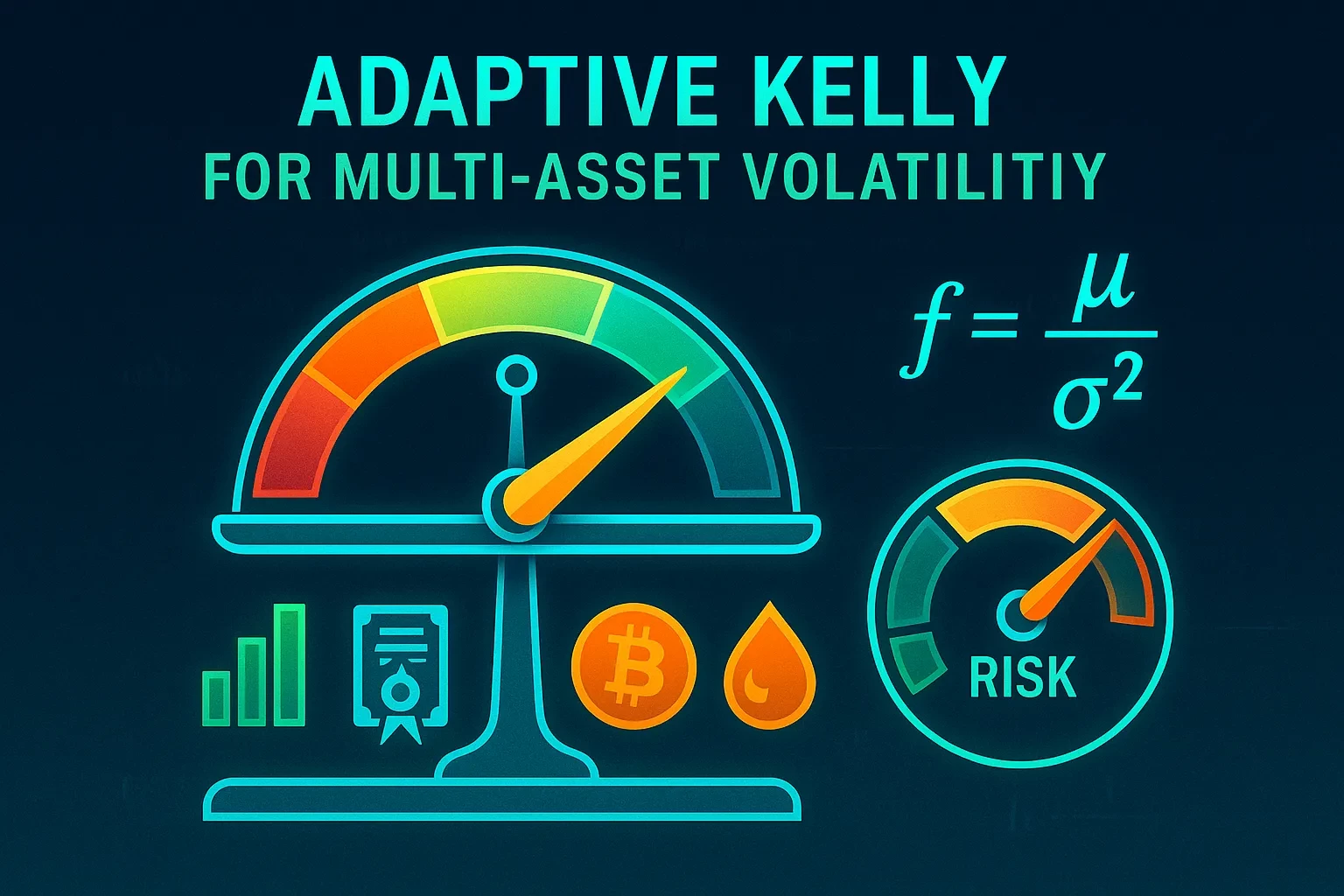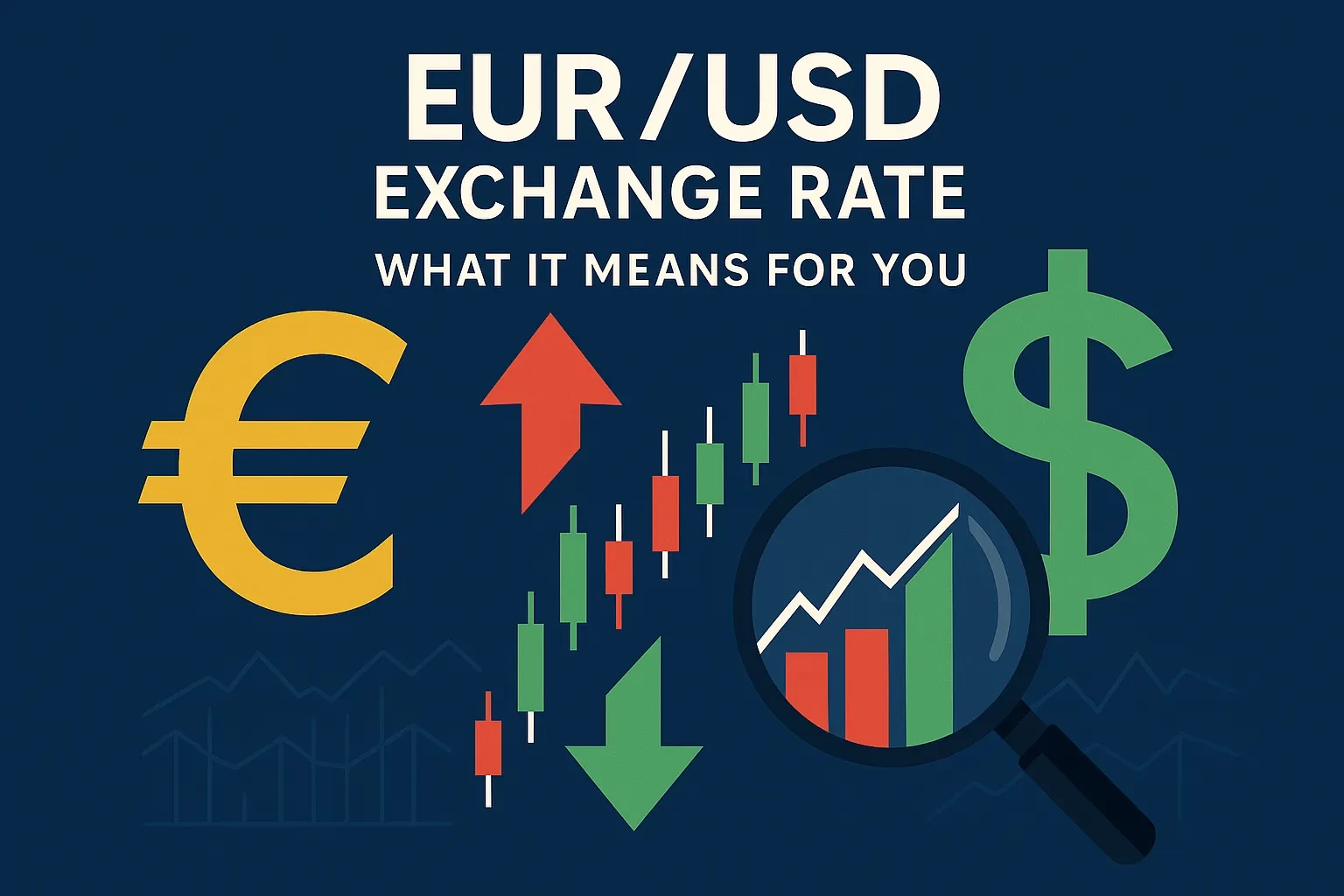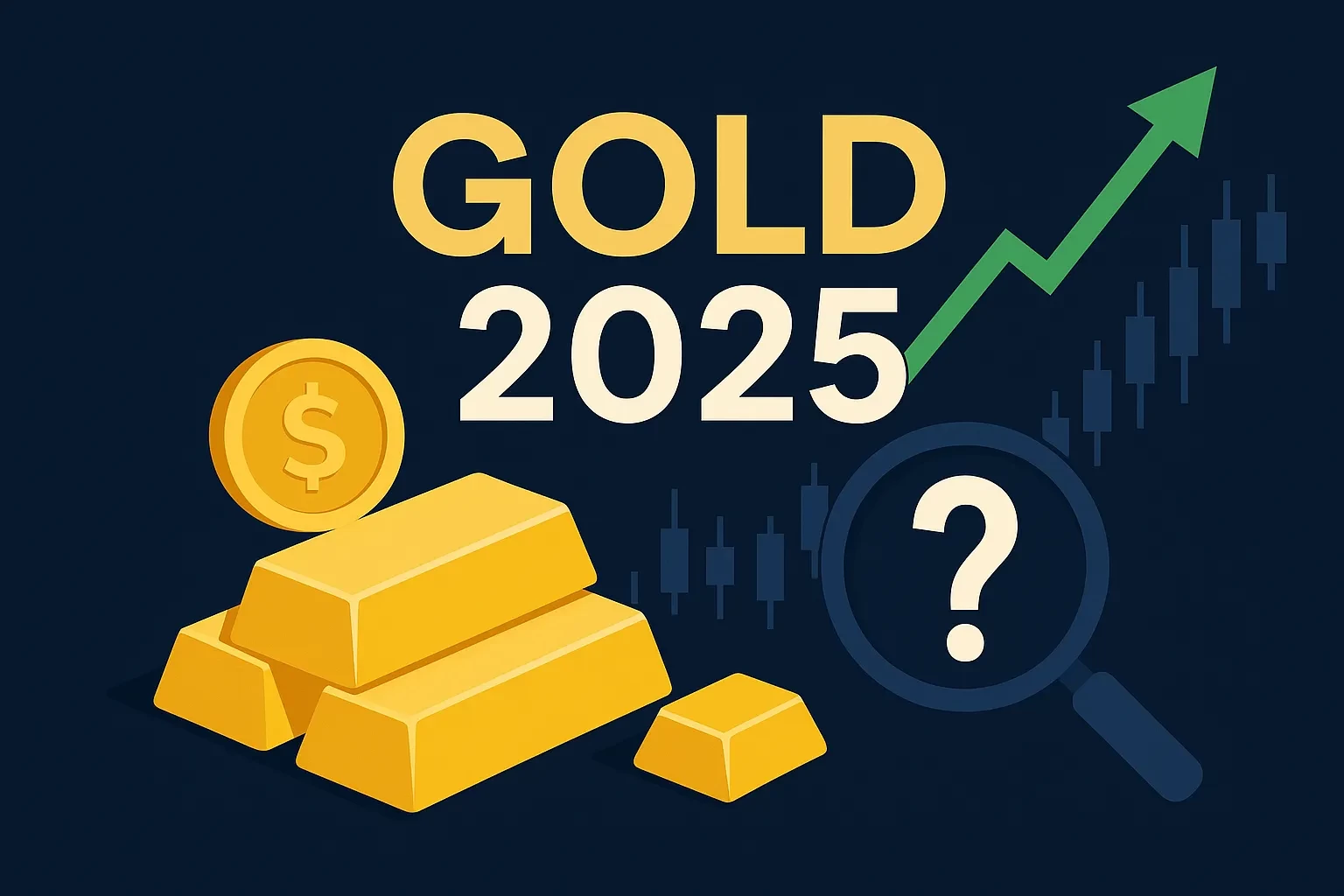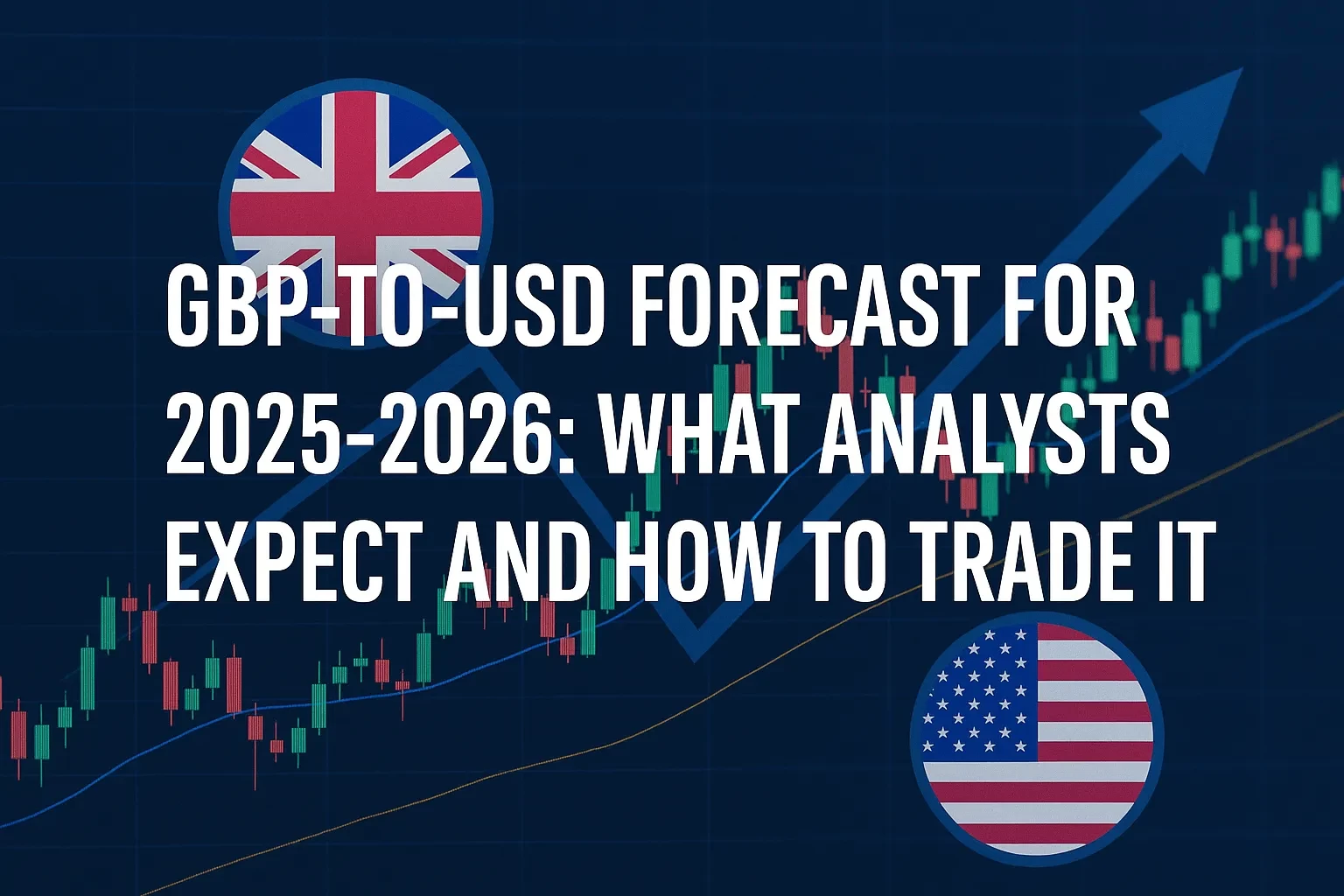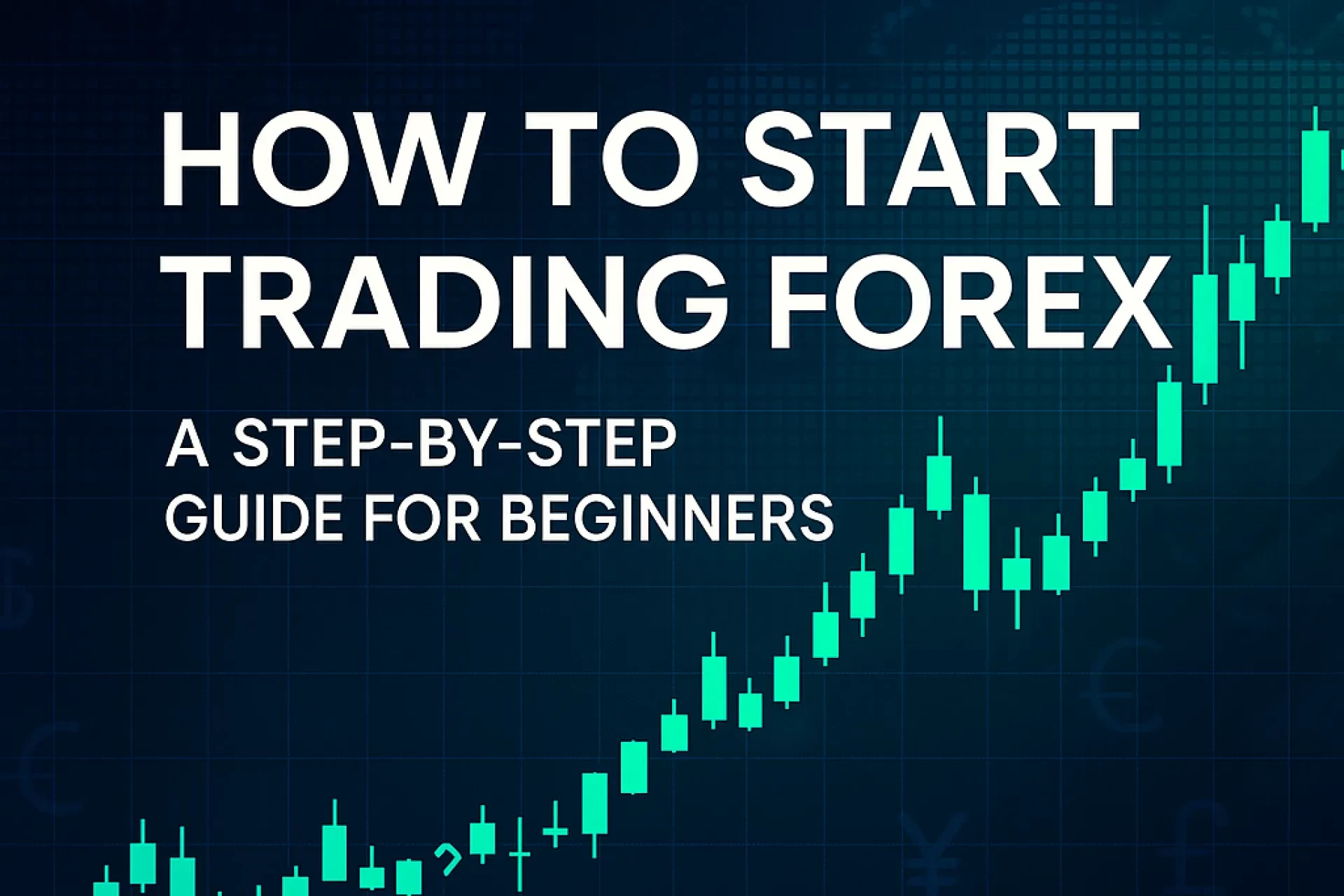Table of Contents
The markets don’t care how smart you are—they punish unmanaged risk, not lack of talent. In fact, according to the CFTC’s 2025 quarterly retail disclosure reports, over 70% of self-directed U.S. forex traders lost money last year. The majority didn’t fail because they picked the wrong strategy—they failed because they didn’t manage risk correctly.
Whether you trade stocks, forex, futures, or crypto, your edge is only as durable as your ability to stay in the game. Risk management is your survival plan. It’s not about avoiding risk—trading inherently involves it. The goal is to control, size, and manage your risk consistently, so no single trade can ruin your portfolio or your mindset.
This article walks you through the best principles and methods for risk management in trading as of 2025, with examples, tips, and practical tools.
What Is Risk Management in Trading?
Risk management is the discipline of identifying, assessing, and controlling potential losses in trading. It includes:
• Position sizing
• Stop-loss placement
• Account exposure limits
• Diversification across assets or timeframes
• Avoiding psychological overreach (revenge trades, FOMO)
Good risk management ensures longevity, even when your win rate fluctuates.
Why It Matters More in 2025
Recent regulatory and macro shifts have made risk management even more critical:
• T+1 settlement in U.S. equities compresses cash availability windows (SEC, 2024).
• CME's 2025 intraday margin increase rules can trigger liquidations in volatile futures markets.
• Retail leverage caps (e.g., 50:1 on forex majors) remain strict under CFTC guidelines.
And with ongoing geopolitical uncertainty and sticky inflation in mid-2025, managing drawdowns is your first job.
The 7 Pillars of Effective Risk Management
1. Risk Per Trade: Never Exceed 1%
• Professional traders typically risk 0.25%–1% of their account on any given trade.
• If your account is $10,000 and you risk 1%, that’s $100 max loss per trade.
• With a stop-loss of 20 pips in EUR/USD, you’d trade only 0.5 standard lots.
This rule prevents catastrophic drawdowns, even with multiple losing trades.
2. Use Stop-Loss Orders—Always
• A stop-loss is a pre-set exit point where a trade automatically closes if the price moves against you.
• Avoid “mental stops.” In fast markets, hesitation = damage.
• Place stops based on technical levels, average true range (ATR), or volatility-adjusted bands.
Tip: Use a trailing stop to lock in gains on trending trades.
3. Calculate Position Size Before Entry
• Use a position size calculator to align trade size with risk tolerance.
• Inputs: account size, risk per trade %, stop distance.
• Output: how many shares/contracts/units to trade.
This ensures that each trade carries equal risk, regardless of market or volatility.
4. Respect a Maximum Daily Loss Limit
• Once your equity drops by a set percentage in a day (e.g., 2–3%), stop trading.
• This prevents emotional “revenge trades.” Institutions call this a daily circuit breaker—you should too.
Example: $25,000 account → 2% max daily loss = $500.
5. Avoid Overexposure to One Asset or Theme
• Even uncorrelated trades can stack risk.
• Don’t go long USD/JPY, short EUR/USD, and long USD/CHF—you’re just multiplying USD risk.
• Set a correlation limit: no more than 2 trades with > 0.75 correlation coefficient.
Diversify across:
• Instruments
• Timeframes
• Strategy types (trend-following + mean-reversion)
6. Use Risk-Reward Ratios That Make Sense
• Set trades to aim for at least a 2:1 reward-to-risk ratio.
• Risking $100 to make $200 improves expectancy even with lower win rates.
• Break-even win rate with 2:1 R:R = only 33%.
Don’t chase trades that require being right 80% of the time just to break even.
7. Track and Adjust With a Risk Journal
• Record every trade and review:
• Risk taken vs. planned
• Outcome in R-multiples
• Psychological state
• Mistakes or deviations
Then adjust:
• Stop placement
• Strategy performance
• Trade timing
A trading journal keeps your process objective.
Table – How Risk Per Trade Impacts Your Drawdown
| % Risk Per Trade | 10 Losing Trades | Drawdown | Capital Left |
|---|---|---|---|
| 0.5% | -5% | Low | 95% |
| 1% | -10% | Medium | 90% |
| 2% | -18% | High | 82% |
| 5% | -40% | Critical | 60% |
Source: Compounded drawdown simulation, 2025
Practical Example – Trader Avoids Blowup with Position Sizing
Scenario:
Lisa has a $20,000 account. She sees a short opportunity in GBP/USD with a 30-pip stop.
Without risk controls:
She trades 2 standard lots, risking $600 (~3%). Trade hits stop. She panics, re-enters, loses another $400. Total loss: $1,000 (5%).
With position sizing:
She limits risk to 1% ($200). Based on stop size, she trades 0.67 lots. Stop hits, but damage is minimal. No emotional fallout. She follows her plan.
Outcome: One trader blows up; the other survives to trade again.
Common Mistakes and How to Fix Them
| Mistake | Fix |
|---|---|
| Risking based on gut feel | Use a % of equity with position-size calculators |
| No stop-loss | Set fixed or ATR-based stops on all trades |
| Holding through news events blindly | Reduce size or stay flat ahead of high-impact releases |
| Letting one trade go “hope mode” | Use hard stops and accept losses as part of the game |
| Not adjusting for volatility | Trade smaller during CPI/FOMC weeks or after Fed surprises |
Expert Tips for Smarter Risk Management
• Cut size when confidence drops: If you’re unsure, trade half-size or pass entirely.
• Avoid doubling down: Averaging losers magnifies risk and clouds objectivity.
• Adapt risk to account growth: As your account grows, raise risk per trade only incrementally (e.g., from 0.5% to 0.75%).
• Use volatility filters: If ATR doubles after a macro event, halve your position size.
Pro Tip: Set max weekly and monthly loss limits. If you're down 6% in a month, stop. Trade small or reset in the next cycle.
FAQs
Conclusion: Risk Management Is the Strategy
Traders often obsess over entries, indicators, or news events. But in 2025, the winners are the ones who manage risk with military discipline. Set your maximum risk, size your trades properly, use stop-losses religiously, and track your outcomes.
The markets will always be unpredictable. Your risk management system is the one thing you can control. Build it strong—and your edge will last.

